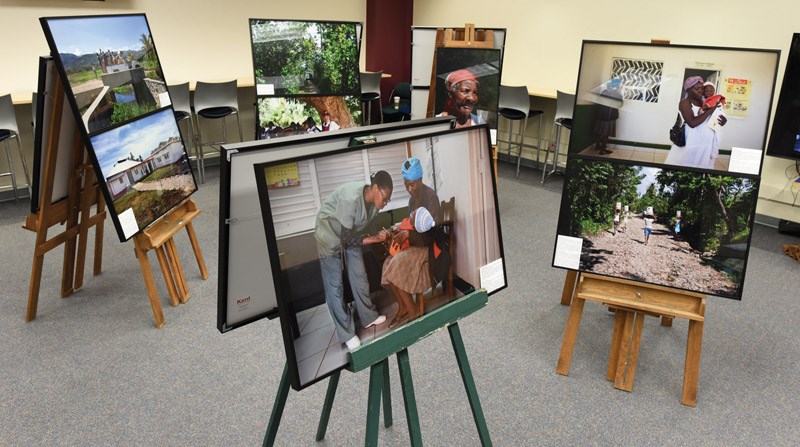In the months after a devastating earthquake rocked Haiti, tents erected by displaced families filled parks, streets and all available spaces.
It's the first image Martin de Vries saw when he landed in March, just two months after the 7.0 magnitude impact: a huge, sprawling camp.
"They're terrible places," said de Vries a senior programmer with the Canadian Red Cross who returns to Haiti every three months. "The latrine was poorly managed and the smell was intense. There was a lot of insecurity there as well. People did not feel safe.
"I can remember people camped out in the middle of a median strip on a busy highway," he added. "That was the only available space."
Shelter was a huge part of the organization's aid effort. At the height of the disaster, 1.3 million people were displaced and aid agencies were scrambling for solutions just months away from the July hurricane season.
"That first year we were under a huge amount of pressure to try and manage that risk," he said. "It was imperative that we try to find a way to have these camps closed as soon as possible."
De Vries was in Prince George Tuesday to unveil a photo exhibition at UNBC's Geoffrey R. Weller Library, dubbed Haiti five years on: An Fm photo exhibition. The exhibit will be on display until May 1.
"Haiti is more than just a disaster," he said.
The rubble is gone and many of the collapsed buildings in its capital Port-au-Prince have been rebuilt. But more than the new buildings and new homes, de Vries said the exhibit is about the people.
"There's also an incredibly resilient, inspiring population. The Haitian population and culture is very vibrant," de Vries said. "I hope that's reflected in the photos."
De Vries said the Canadian Red Cross has spent approximately $190 million of the $222 million donated in the days and months following the earthquake. While the emergency and recovery phases were cash-intensive projects, now they're focusing on long-term solutions with health care and housing, and building up the local Red Cross.
"It was a major program and I think we have an obligation to let the public know - the people generated so much donations - to let them know what we achieved and what still needs to be achieved."
The Canadian Red Cross said that contribution has helped five million people, included more than one million relief items, cholera prevention to 300,000 families through door-to-door education, 2.5 million litres of water each day in Port-au-Prince.
De Vries highlighted the 19,000 families who were helped with shelter, 7,500 of which the Canadian Red Cross built from scratch with the help of 3,000 Haitians.
"It's a massive undertaking."
The image of one rural family, who lived high in the rocky hills in southern Haiti, remains with de Vries.
"The family were living in a flimsy wooden structure. We arrived with this truck that came out of nowhere and these guys came out with their hats and their pickaxes and their jackhammers and started drilling into the soil."
De Vries remembers the shock on their faces.
"For me that was a moment that I realized we really are making a huge difference to people's lives."



